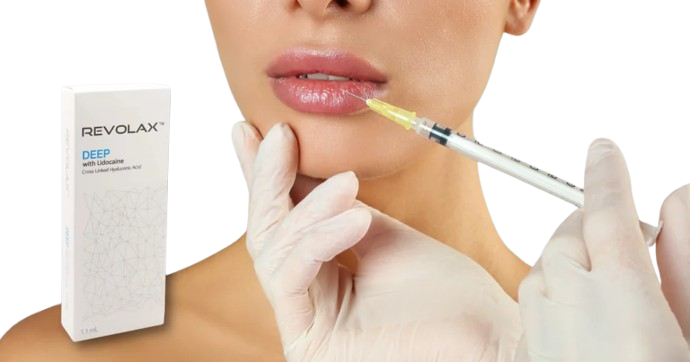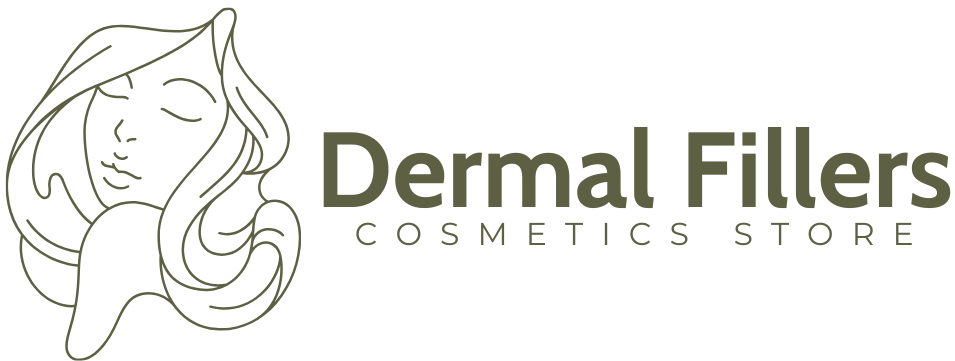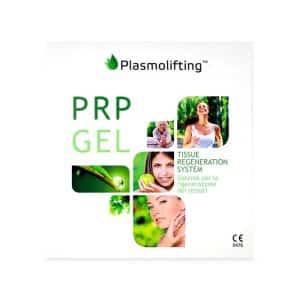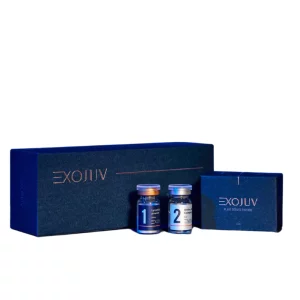PRP
Platelet Rich Plasma Training – How To Get Certified
Jul 11, 2025
Platelet-rich plasma (PRP) therapy is transforming the landscape of modern medicine and aesthetics. From skin rejuvenation to hair restoration and even orthopedic healing, PRP’s versatility and minimally invasive nature are fueling global demand. In fact, the PRP market is projected to surge from around USD 962 million in 2025 to more than USD 3.4 billion by 2034—a testament to its growing role in both clinical and cosmetic care.
At the heart of platelet-rich plasma therapy is a simple yet powerful concept: using the patient’s own blood components to trigger natural healing and regeneration. As more practitioners seek to offer this cutting-edge treatment, proper training and certification have become essential for ensuring both safety and efficacy.
In this article, we’ll walk you through everything you need to know about platelet-rich plasma training—from how the treatment works to the types of certification programs available, what to expect during training, and how to choose a course that supports your career in non-surgical medicine or aesthetics.
Key Takeaways
- PRP therapy is a fast-growing field across aesthetics, orthopedics, and regenerative medicine, offering non-surgical solutions for hair loss, joint pain, and skin rejuvenation.
- Core training topics include patient selection, blood handling, injection techniques, safety protocols, and managing complications. These are critical knowledge areas that help professionals deliver effective and ethical care.
- Training formats vary between online, in-person, and hybrid options. Hybrid models often offer the best balance of theoretical learning and hands-on experience.
- Understanding your legal scope of practice is essential. Only licensed medical professionals (e.g., MDs, NPs, PAs, RNs) are authorized to administer PRP, and regulations vary by state or country.
- Integrating PRP into your clinic involves not just equipment, but also marketing, patient education, and proper team training. Highlight your certification and differentiate your practice from unregulated trends like PRP at home.
- Choosing the right training provider sets the foundation for success. Look for programs that are recognized, up-to-date, and designed for healthcare professionals.
About: Trusted by over 2,000+ global clients since 2014, Maylips has become a leading supplier of cosmetic, skincare, and orthopedic products for medical and aesthetic professionals. Maylips offers a wide range of authentic brand-name products at competitive wholesale prices, sourced from around the world. If you’re looking to buy Plasmolifting PRP Kits online, contact our sales team for guidance.
Core Topics Covered in Platelet-Rich Plasma Courses
Platelet-rich plasma (PRP) training programs are designed to develop both clinical knowledge and hands-on procedural skills. Whether you’re a newcomer to regenerative medicine or expanding your current scope, these courses ensure practitioners are equipped to deliver safe, effective care.


Given the rise of PRP at home, which often lacks professional oversight, certified training becomes even more essential. Most reputable courses include a comprehensive curriculum covering:
- Patient selection and contraindications
- Anatomical focus areas (face, joints, scalp, etc.)
- Venipuncture and centrifugation protocols
- Injection techniques (subdermal, intra-articular, etc.)
- Sterile technique and complication management
- Post-treatment care and follow-up best practices
- PRP kit and equipment usage
Many programs also include live model sessions or cadaver labs, helping learners apply their knowledge in a realistic, supervised setting.
Choosing a PRP Training Provider: Online, In-Person, or Hybrid
Selecting the right PRP training format is key to maximizing both your learning and practical value. Today’s offerings include online, in-person, and hybrid models, each with distinct benefits:
Online Courses
- Flexible and self-paced
- Ideal for foundational theory
- No hands-on practice
In-Person Courses
- Direct instructor feedback
- Hands-on training with live models or simulators
- Higher cost and travel requirements
Hybrid (Online + In-Person) Programs
- Balance of convenience and clinical experience
- Online modules cover theory, with a scheduled hands-on session
- Offers the best of both worlds for many professionals
Regardless of the format, make sure the course is:
- Geared toward licensed medical professionals
- Transparent about its curriculum and instructors
- Aligned with your scope of practice and local regulations
Legal Requirements and Scope of Practice for PRP Providers
Before performing PRP injections, it’s essential to understand local regulations and professional boundaries. Missteps in legal scope can result in disciplinary action or liability issues.
Key Factors to Consider


- Licensure Level: Only licensed medical professionals (RN, NP, PA, MD, DO, etc.) can perform PRP injections.
- State Regulations: Each state may have different rules about who can administer or manage treatments.
- Supervision Requirements: In some areas, nurses or PAs must perform PRP under physician guidance.
- Informed Consent: Proper documentation and patient education must be part of every procedure.
- Insurance and Liability: Coverage should include aesthetic or orthopedic regenerative procedures.
Always check with your state medical board or licensing authority to follow local healthcare laws.
How to Market and Integrate PRP Certification Into Your Practice
After becoming certified, integrating PRP therapy into your practice requires strategic preparation and effective communication. Begin by investing in approved centrifuges and PRP kits, and maintain strict infection control protocols.
Then, focus on promotion:
- Update your website and patient brochures with PRP offerings
- Share before-and-after photos and educational blogs on social media
- Run consultation campaigns and patient info sessions
- Collaborate with referral partners (e.g., dermatologists, orthopedists)
- Join aesthetic medicine directories to increase visibility
A consistent message around safety, effectiveness, and natural healing will position PRP as a high-value treatment in your offerings.
Conclusion
Having the proper training to administer platelet-rich plasma therapy is an excellent career step for licensed professionals in aesthetics, orthopedics, and regenerative medicine. The right program offers more than just a certificate—it provides a deep understanding of safety, legal compliance, and clinical application.
With rising interest in PRP at home, professionally trained providers must emphasize their medical expertise and reinforce the importance of safe, evidence-based care. Choose a course that aligns with your goals, legal authority, and patient needs—and remember, certification is just the start of mastering PRP.
FAQs
1. Who can legally perform PRP treatments?
Typically, only licensed medical professionals such as MDs, DOs, NPs, PAs, and RNs, depending on local laws.
2. How long does PRP certification take?
Most programs range from one-day intensives to multi-week formats depending on the course type and structure.
3. Is PRP training the same for all specialties?
No. Aesthetic-focused courses differ from orthopedic or sports medicine tracks in terms of anatomy and injection technique.
4. Are online PRP certifications valid?
Online-only certifications may be valid for theory but often lack hands-on components necessary for clinical competence.
5. What equipment is needed to offer PRP in practice?
You’ll need a centrifuge, PRP kits, blood draw supplies, sharps disposal, and proper clinical space with sanitation protocols.
6. Can I bill insurance for PRP treatments?
PRP is generally not covered by insurance when used for aesthetic purposes, although some orthopedic uses may be reimbursable.
7. Does PRP certification need to be renewed?
While not typically required, continuing education is recommended to stay current with evolving techniques and regulations.
Talk with our sales representative.
Book a Meeting
References
Pandey D. Platelet rich plasma market size to attain USD 3,466.11 mN by 2034. Published June 10, 2025. https://www.precedenceresearch.com/platelet-rich-plasma-market
Khalilizad M, Emadian ST, Marzban Abbas Abadi M. Comparative efficacy of different doses of platelet-rich plasma injection in the treatment of knee osteoarthritis: a systematic review and network meta-analysis. J Orthop Surg Res. 2025;20(1):221. Published 2025 Mar 1. doi:10.1186/s13018-025-05650-1
Nazaroff J, Oyadomari S, Brown N, Wang D. Reporting in clinical studies on platelet-rich plasma therapy among all medical specialties: A systematic review of Level I and II studies. PLoS ONE. 2021;16(4):e0250007. doi:10.1371/journal.pone.0250007






